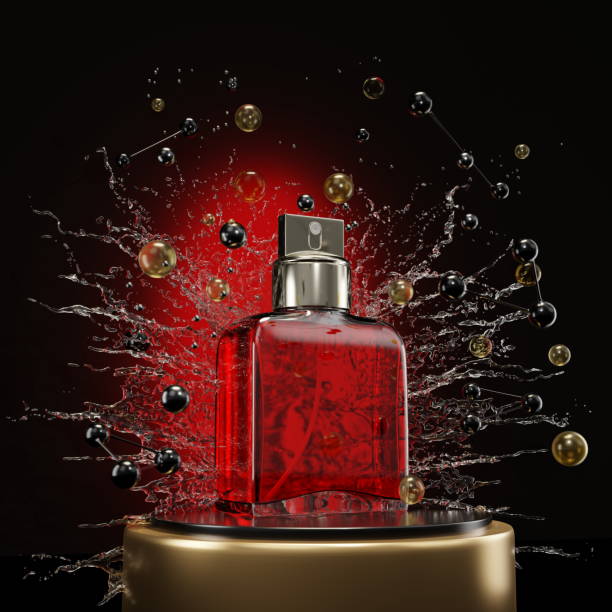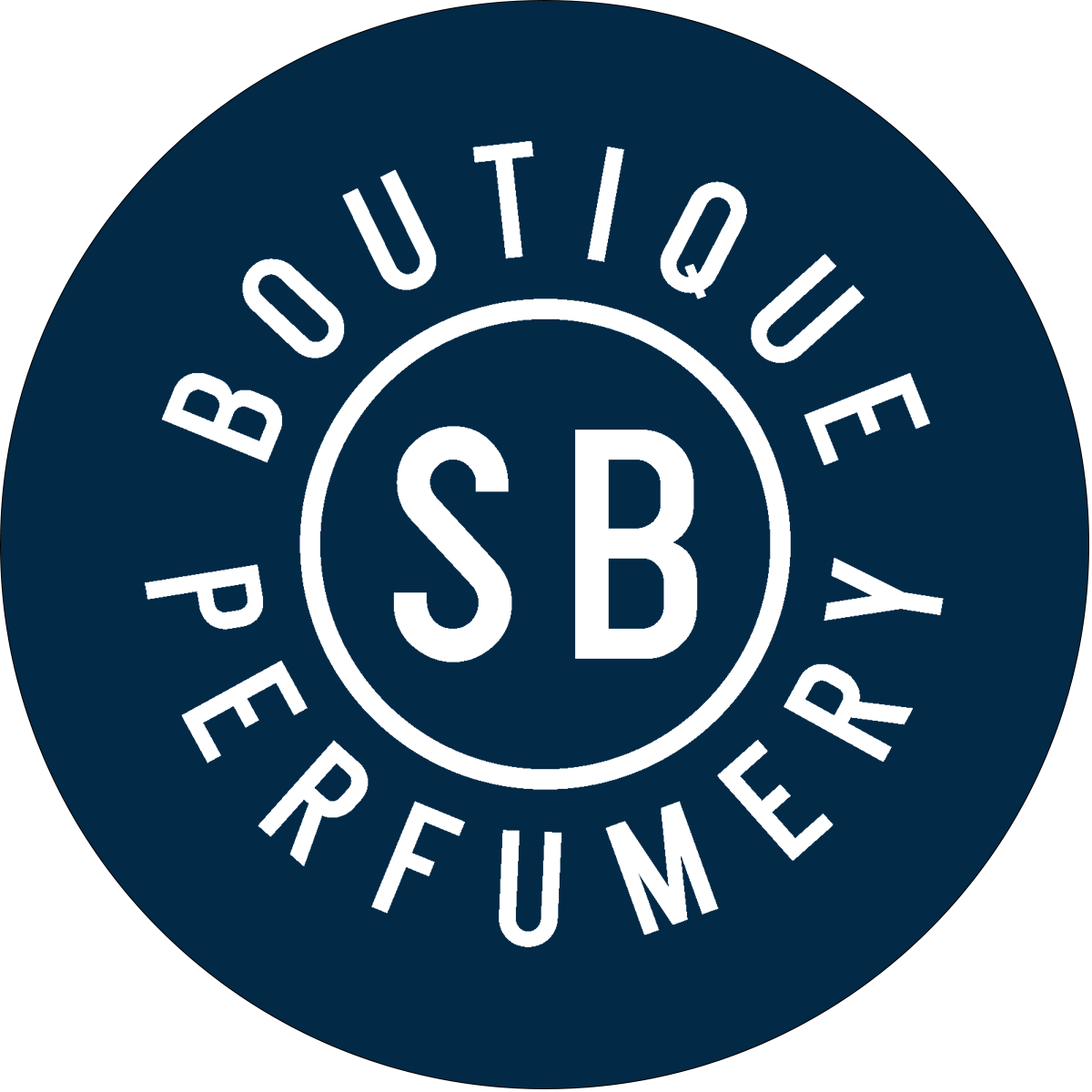
- by Anahit Hambardzumyan
Glossary of Fragrance Terminology (From Aldehydes to Sillage)
- by Anahit Hambardzumyan
 Welcome to...
Welcome to...We believe you are trying to shop from the following location: Rest of the world
To enjoy low cost shipping and local currencies please allow us to redirect you to our local store.
Choose 3 for £45 or 5 for £75
Choose 2 from £130 or 3 from £180
Choose 2 for £20

Let's kick off this fragrance glossary with aldehydes, shall we? These might sound intimidatingly scientific, but think of them as the bubbles in your champagne or the sparkle on fresh morning dew. Aldehydes are organic compounds that perfumers adore for their ability to add that effervescent, almost metallic shimmer to a scent.

You've likely encountered aldehydes without realising it. They're the magic behind that clean, soapy freshness in classic perfumes, creating an airy lift that makes other notes practically dance off your skin. Picture the crispness of freshly ironed linens or the bright zing of citrus peel—that's aldehydes working their charm.
Here's where it gets interesting: aldehydes are complete chameleons. In small doses, they add subtle radiance, like a soft-focus filter for your fragrance. Amp them up, and they become bold and metallic, almost like sniffing a hot iron (in the most delightful way possible, naturally). It's all about the concentration and the company they keep.
The beauty of understanding perfume ingredients like this? It demystifies what's happening in your bottle. When you smell that initial sparkle in a fragrance, you're experiencing the perfumer's artistry with aldehydes. They're brilliant at enhancing floral notes, giving roses more bloom or making citrus practically leap off your pulse points.
Don't worry about memorising every detail—you're not training for a chemistry exam. The point is to appreciate how perfumes are crafted with intention and skill. Aldehydes are just the beginning of your scent vocabulary adventure, and trust us, it only gets more fascinating from here.

Picture this: you walk into a lift, and there's a gorgeous scent lingering in the air even though it's empty. That invisible trail is sillage (pronounced "see-YAHJ"), your fragrance's calling card. Borrowed from French nautical terminology meaning "wake," sillage describes the scent trail you leave behind as you move through the world. It's the aromatic breadcrumb trail that announces your presence and lingers after you've gone.
Here's how sillage plays out in real life:
• The elevator effect: Someone exits just before you enter, but their scent still whispers their story
• The conference room entrance: Your fragrance arrives three seconds before you do, creating intrigue
• The hug goodbye: Friends catch a lovely waft when they lean in for farewell embraces
• The walking meeting: Colleagues notice your scent gently floating as you stroll through the office
• The dinner party reveal: You're remembered not just for brilliant conversation, but for that captivating fragrance cloud
Quick Clarification: Sillage isn't the same as longevity. Sillage measures how far your scent projects into the space around you, while longevity tracks how long it stays detectable on your skin. Think projection versus persistence.
Understanding sillage transforms how you choose and wear fragrance. Some days call for subtle whispers, others for confident announcements. When you're layering perfumes to create your signature scent, knowing each fragrance's projection helps you build the perfect aromatic architecture. Mastering this bit of perfume terminology makes you a more confident scent storyteller who understands exactly how your chosen fragrance moves through the world.

Think of perfume as a three-act play unfolding on your skin. Every fragrance is carefully constructed with distinct layers of notes that reveal themselves over time, creating what perfumers call the scent's architecture. This layered structure forms the backbone of fragrance terminology, helping you understand how your favourite scents transform from that first electrifying spritz to their final, lingering whisper.
Top Notes: The Dazzling First Impression
Top notes are your perfume's opening act—the sparkling introduction that hits your nose within seconds of application. These bright, volatile molecules practically leap off your skin, typically lasting just 15 to 30 minutes before gracefully bowing out. You'll often find zesty citrus like bergamot and lemon here, alongside crisp herbs like basil or mint. They're designed to seduce you instantly, but here's the thing: don't judge a fragrance solely on this fleeting first encounter. It's just the appetiser.
Heart Notes: The True Character
After about 30 minutes, the heart notes take centre stage as your perfume's leading character. This middle layer reveals the fragrance's true personality, lasting 2 to 4 hours and forming the core of what people will associate with your signature scent. Here's where the magic really happens—lush florals like rose and jasmine, warming spices such as cinnamon and cardamom, or fresh green notes that add genuine complexity and depth to your olfactory story.
Base Notes: The Lasting Foundation
Base notes deliver your fragrance's grand finale, the rich foundation that can linger on your skin for 6 hours or more. These deeper, more substantial molecules include creamy sandalwood, earthy patchouli, sensual musks, and warming amber. They're the heavy lifters, providing your perfume's staying power and often determining how memorable your scent trail becomes.
Here's what makes it brilliant: these three layers don't simply replace each other like costume changes. They blend and interact, creating a constantly evolving experience that's uniquely yours. Understanding the fragrance wheel helps you identify how these note families work together, whether you're drawn to fresh citrus openings or prefer rich, woody foundations that tell your story long after you've left the room.

The natural versus synthetic ingredient debate pops up often in perfume terminology, and let's cut through the clutter, shall we? As you delve into any fragrance glossary, you'll come across these two camps: natural ingredients, plucked straight from plants, flowers, and other botanical wonders, and synthetic ingredients, crafted in laboratories with precision. Both play their part on your perfume ingredients list, despite what the fragrance purists might whisper in your ear.
|
Aspect |
Natural Ingredients |
Synthetic Ingredients
|
|---|---|---|
|
Sourcing |
Harvested from plants, flowers, woods |
Created in controlled laboratory environments |
|
Sustainability |
Often resource-intensive, weather-dependent |
Generally more sustainable, with less environmental impact |
|
Consistency |
Varies by season and growing conditions |
Identical batch to batch |
|
Cost |
Typically more expensive, thanks to laborious harvesting |
More cost-effective to produce |
|
Performance |
Rich complexity but may fade faster |
Longer-lasting, more stable |
Let’s break down what each brings to your fragrance experience:
Natural ingredients offer:
- A stunning complexity with myriad aromatic compounds
- Scents that feel genuine, almost like a nostalgic embrace
- Rich ties to traditional craftsmanship and heritage
- Delightful variations that give each bottle its own charm
Synthetic ingredients deliver:
- Rock-solid consistency and reliable performance
- The thrill of unique scents you can’t find in nature
- Longevity and boldness when they're on your skin
- Cruelty-free alternatives to those animal-based classics
The reality? Today’s top fragrances artfully blend these approaches. This harmony is what clean fragrance practices are all about—combining quality with sustainability.
Why pick sides in this so-called debate? Modern perfumery celebrates both natural and synthetic ingredients as a dynamic duo. When you grasp fragrance notes through this lens, you’ll see how synthetic musks can keep that scent lingering, while natural bergamot sparks joy upfront with its honest zest. It’s not about choosing one over the other—it's about opting for fragrances that are thoughtfully and meticulously crafted.

Now that you've mastered this fragrance glossary, it's time to put your newfound knowledge to brilliant use. Think of scent discovery as your personal adventure, not a test you need to pass. Start by paying attention to what already makes you smile: do you gravitate toward the zesty kick of citrus in your morning routine, or does the earthy smell after rain make you pause and breathe deeply?
Your fragrance profile isn't set in stone—it's wonderfully fluid. You might adore fresh, clean aldehydes on busy Monday mornings but crave something deeper and more mysterious for evening escapades. That's perfectly normal, and frankly, much more interesting than being boxed into one scent forever.
Here's the thing: don't let perfume terminology intimidate you into thinking there's a "right" way to choose fragrance. Trust your nose, even if you can't yet name every note dancing on your skin. If a scent makes you feel confident, comforted, or delightfully rebellious, that's all the validation you need.
Ready to explore without the guesswork? Our perfume discovery sets let you sample different fragrance families and perfume ingredients at your own pace. You'll quickly learn whether you're drawn to bright citrus top notes, warm woody bases, or perhaps those sparkling aldehydes we discussed earlier. Each small bottle becomes a stepping stone toward understanding your unique preferences, turning this fragrance glossary into lived experience.
Remember, the best fragrance journey happens when you're genuinely curious rather than following someone else's rules. Your skin, your story, your signature scent awaits.
Episode 1: The Scent of Destiny
The Best Molton Brown Alternatives for Sustainable Luxury
Candles vs. Reed Diffusers vs. Wax Melts: Which Home Fragrance Is Right for You?
Customer service
Talk to us via chat. 9-5pm EST. Wed - Sun
Fast Free Shipping
Get free shipping on orders of £60 or more
New Customers
New customers enjoy 10% off their first order
Secure payment
Your payment information is processed securely


Share:
Understanding Perfume Notes: Top, Heart and Base Explained
How to Layer Perfume Like a Pro: Combinations and Techniques